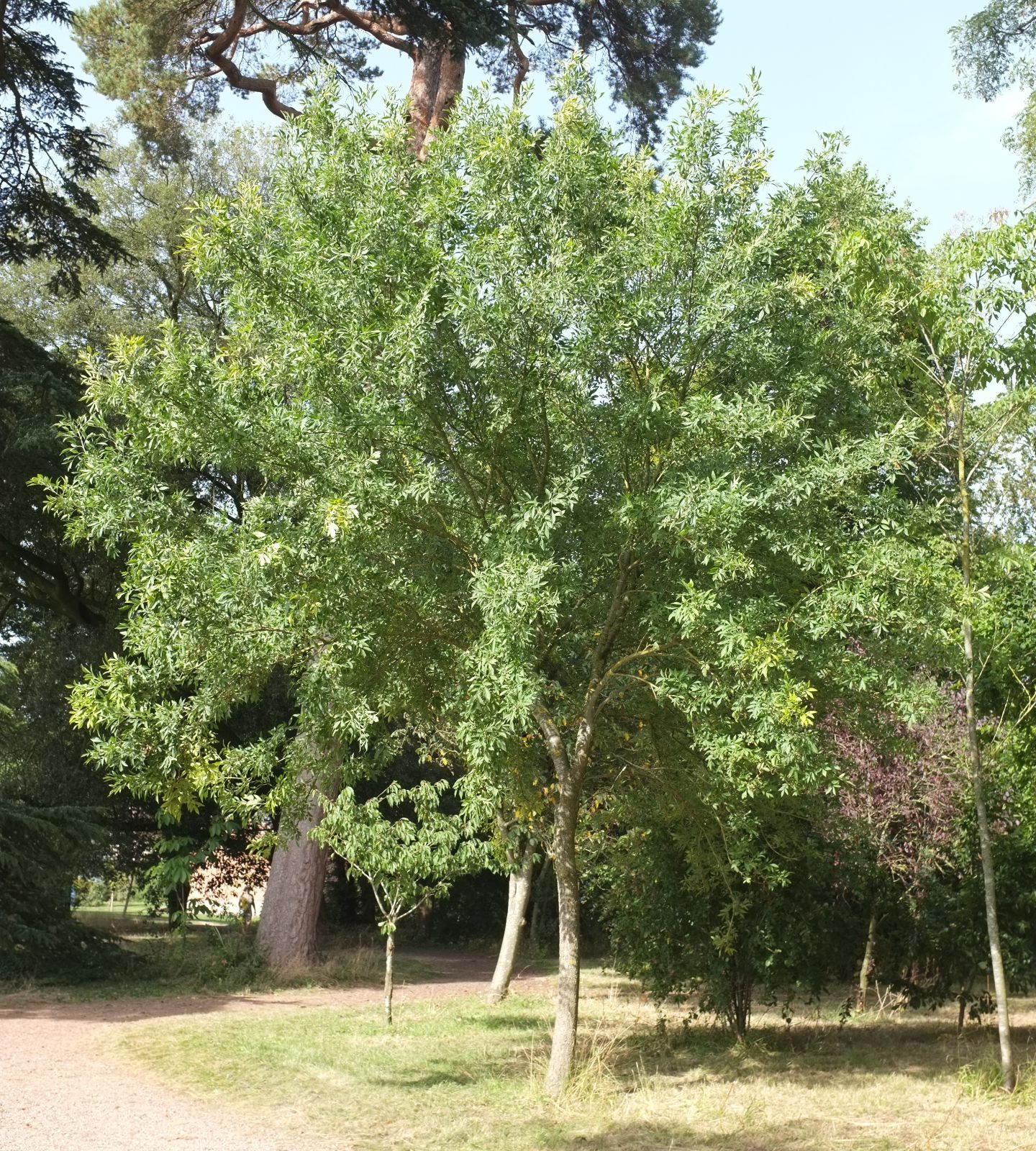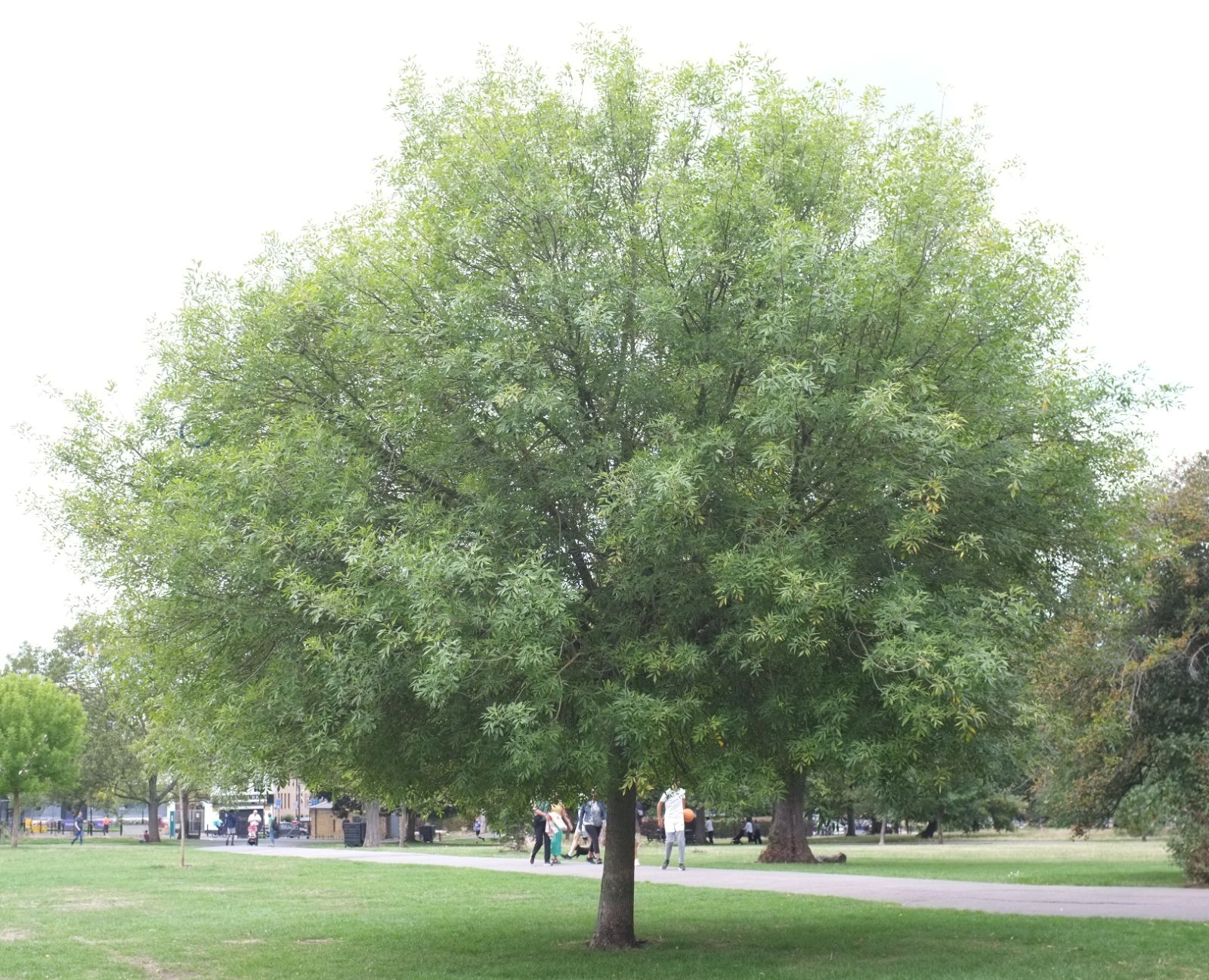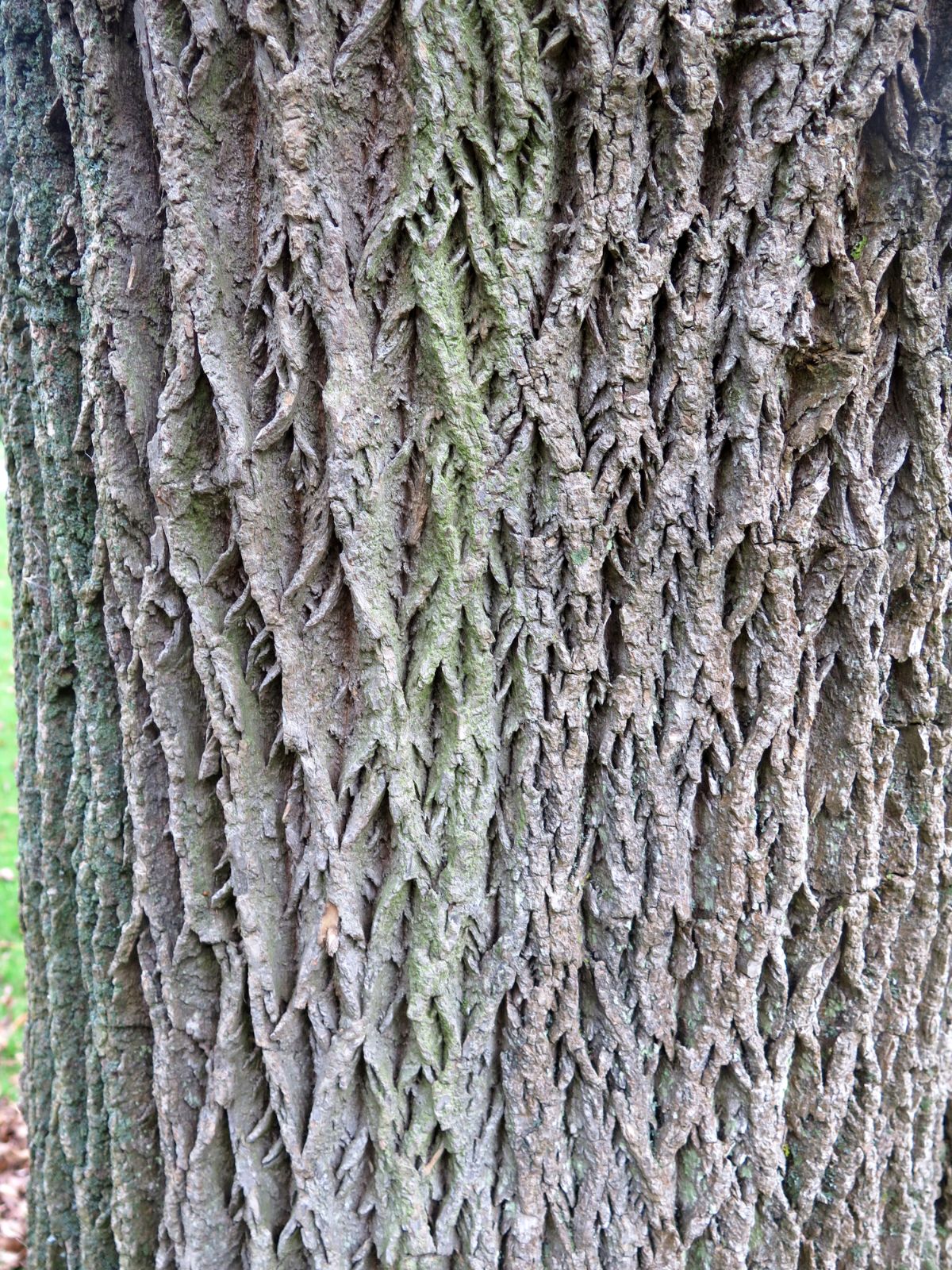Fraxinus velutina
Credits
Article from Bean's Trees and Shrubs Hardy in the British Isles
Recommended citation
'Fraxinus velutina' from the website Trees and Shrubs Online (treesandshrubsonline.
Genus
Common Names
- Arizona Ash
Synonyms
- F. pennsylvanica subsp. velutina (Torr.) G. N. Miller
- F. coriacea S. Wats.
- F. velutina var. coriacea (S. Wats.) Rehd.
- F. velutina var. glabra Rehd.
- F. velutina var. toumeyi Rehd.
Other taxa in genus
- Fraxinus americana
- Fraxinus angustifolia
- Fraxinus anomala
- Fraxinus biltmoreana
- Fraxinus bungeana
- Fraxinus caroliniana
- Fraxinus chinensis
- Fraxinus cuspidata
- Fraxinus dipetala
- Fraxinus elonza
- Fraxinus excelsior
- Fraxinus floribunda
- Fraxinus griffithii
- Fraxinus holotricha
- Fraxinus lanuginosa
- Fraxinus latifolia
- Fraxinus longicuspis
- Fraxinus mandshurica
- Fraxinus mariesii
- Fraxinus nigra
- Fraxinus obliqua
- Fraxinus ornus
- Fraxinus oxycarpa
- Fraxinus pallisiae
- Fraxinus paxiana
- Fraxinus pennsylvanica
- Fraxinus platypoda
- Fraxinus pubinervis
- Fraxinus quadrangulata
- Fraxinus rotundifolia
- Fraxinus sieboldiana
- Fraxinus sogdiana
- Fraxinus spaethiana
- Fraxinus syriaca
- Fraxinus texensis
- Fraxinus tomentosa
- Fraxinus 'Veltheimii'
- Fraxinus xanthoxyloides
A tree 25 to 40 ft (rarely 50 ft) high, with a slender trunk; bark with broad, scaly ridges; young stems covered in their first season with a more or less dense covering of fine woolly hairs. Leaves rather thick, 4 to 6 in. long; leaflets three or five (occasionally seven), lanceolate, ovate, elliptic or rhombic-elliptic, acute or acuminate at the apex, 3⁄4 to 3 in. long, the upper part edged with small blunt teeth, upper surface pale green, velvety to glabrous, undersides conspicuously net-veined, usually permanently downy but sometimes becoming almost glabrous, lateral leaflets distinctly stalked to almost sessile, stalk of the terminal one about 1⁄2 in. long. Flower panicles downy. Fruits 1⁄2 to 3⁄4 in. long with an oblong-obovate to elliptic wing which is shorter than the cylindrical body.
Native of the S.W. United States and Mexico, described from Nevada; introduced to Kew in 1901. It is a variable species, allied to F. pennsylvanica, but is a smaller tree with usually thicker leaflets five more rarely seven in number and with the wings of the fruits shorter in relation to the body. No varieties are recognised by Miss Miller, but she notes that the narrow-lanceolate type of leaflet is usually longer-stalked than the ovate or elliptic type. Trees with the former type of leaflet have been distinguished as var. toumeyi (Britt.) Rehd., and judging from the examples at Kew near the Lake, are very ornamental. They are of grey-green aspect, with leaflets velvety to the touch on the upper surface even in late summer. The tallest of these, pl. 1924, measures 50 × 31⁄2 ft (1969). The tree received as F. velutina var. coriacea, growing nearby, has much darker green, more glabrous leaflets. F. velutina should be more widely planted in the drier parts of eastern and south-eastern England.
From the Supplement (Vol. V)
specimens: Kew, 48 × 33⁄4 ft (1976) and, var. toumeyi, pl. 1939, 30 × 31⁄2 ft (1981); Talbot Manor, Norfolk, pl. 1946, 48 × 3 ft (1978); Edinburgh Botanic Garden, var. coriacea, 48 × 3 ft (1978).



